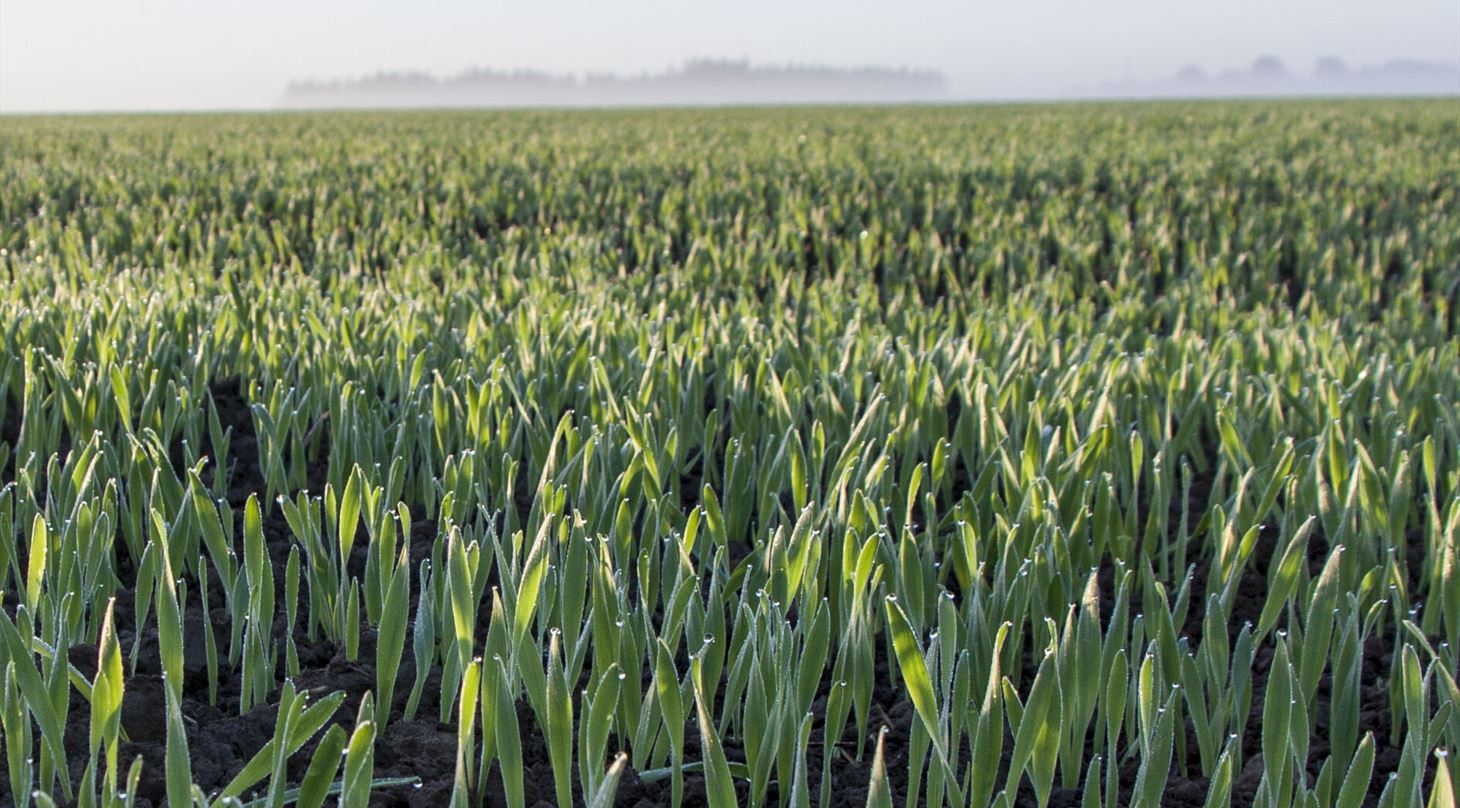
NoN2O – New Biotechnology to Reduce Nitrous Oxide Emissions and Nitrogen Losses from Agriculture
Project Period: March 2025 – March 2030
Funding: Novo Nordisk Foundation
Nitrogen pollution from agriculture is a significant challenge both locally and globally. The use of nitrogen fertilizers leads to nitrate leaching, which contaminates groundwater, rivers, and oceans, adversely affecting humans and ecosystems. Excess reactive nitrogen in the soil is converted by bacteria into nitrous oxide (N2O), a greenhouse gas 273 times more potent than CO2.
The NoN2O project is a five-year initiative aimed at developing a novel strategy to tackle nitrogen-related challenges in agriculture.
- Reduce N2O emissions from agriculture.
- Decrease nitrate leaching.
- Optimize nitrogen utilization from fertilizers.
- Utilize agricultural and industrial by-products to produce bio-fertilizers.
The project will employ microorganisms with special properties, which will be added to organic fertilizers and spread on fields. These bacteria will convert nitrate (NO3-) in fertilizers into ammonium (NH4+) through the DNRA (Dissimilatory Nitrate Reduction to Ammonium) process.
Key advantages of this technology:
- Reduced Nitrate Leaching: Nitrate is highly prone to leaching, but ammonium binds to soil particles, preventing it from washing away into the environment.
- Competition with N2O Producing Microorganisms: By reducing nitrate availability, the bacteria hinder the activity of nitrous oxide-producing microorganisms.
- Nitrous Oxide Conversion: The bacteria can also convert nitrous oxide (N2O) into nitrogen gas (N2), further reducing greenhouse gas emissions.
Thus, DNRA bacteria enhance nitrogen availability for crops while minimizing environmental losses, benefitting both the planet and farmers, explains Pawel Michal Lycus, Senior Specialist at the Danish Technological Institute.
Development of a New Fertilizer
The NoN2O project will focus on creating a dry organic fertilizer infused with bacteria that:
- Reduce denitrification and N2O emissions.
- Produce ammonium via the DNRA process.
- Long shelf life.
- Easy storage.
- Improved transportability.
Activities
The project consists of four work packages designed to achieve the following:
- Microorganism Identification: Isolate suitable microorganisms from soil samples in the lab.
- Characterization: Assess microorganisms for stress tolerance, health safety, growth potential in organic waste, and robustness for survival in soil.
- Greenhouse and Field Trials: Test fertilizers with added microorganisms. Collaboration with SmartField will help develop technologies to measure nitrous oxide emissions in fields.
- Scaling Up: Establish proof of concept for practical agricultural applications.
- Norwegian University of Life Sciences (NMBU)
